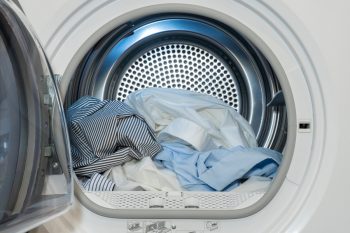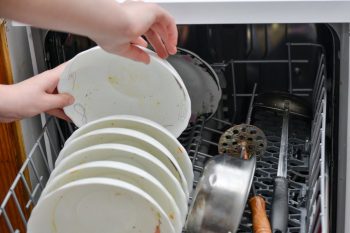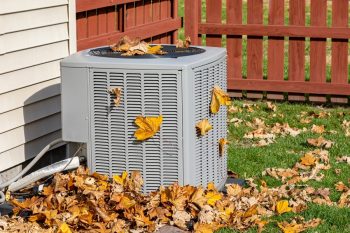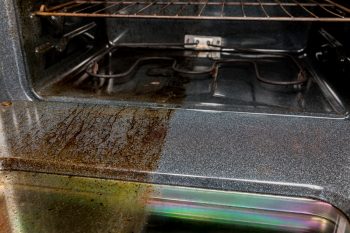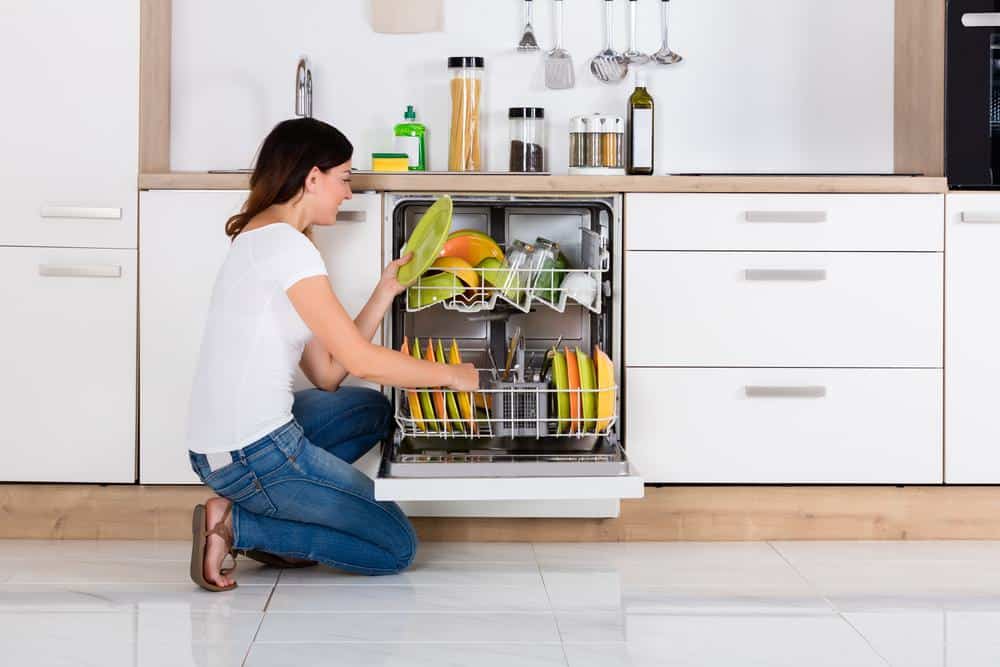
The use of Drano in a dishwasher is a subject that raises many eyebrows among homeowners. While Drano is a popular product for unclogging drains, its use in a dishwasher is highly discouraged. This comprehensive guide will delve into the reasons why using Drano in a dishwasher is not recommended, the potential risks, and safer alternatives for unclogging your dishwasher.
Using Drano in a dishwasher is not recommended due to the potential damage it can cause to the appliance and the health risks it poses from leaving toxic residue on dishes. Instead, try safer alternatives such as baking soda and vinegar, soap and hot water, salt and boiling water, a plunger or pipe snake, or dishwasher gel to unclog your dishwasher.
Understanding Drano
Drano is a well-known American brand of chemical drain cleaner manufactured by S. C. Johnson & Son. It’s typically used to clear clogged drains and pipes, and it’s safe for use with plastic and metal pipes. The product range includes Drano Max Gel Clog Removal, Drano Kitchen Granules Clog Remover, Drano Dual-Force Foamer Clog Remover, and Drano Liquid Drain Cleaning, among others.
Drano works by creating a chemical reaction that decomposes organic matter causing blockages in pipes. The chemicals in Drano, such as lye and aluminum, react to generate heat at near boiling temperatures, which speeds up the decomposition process. The lye then forms a soapy substance that dissolves the clogged material, allowing water to wash the clog away.
The Dangers of Using Drano in a Dishwasher
Despite its effectiveness in unclogging drains, Drano should never be used in a dishwasher. The harsh chemicals in Drano can damage the plastic and rubber parts of the appliance and potentially leave toxic residue on your dishes.
The lye in Drano generates heat to break down clogs, which is effective for metal plumbing but too harsh for the plastic components in a dishwasher. Damaging the seals and gaskets can lead to water leaks, potentially damaging your kitchen floor or cabinetry. Furthermore, the toxic residue left on dishes poses a health risk, especially for children and those with compromised immune systems.
Safer Alternatives to Drano
Here are some safer alternatives to using Drano in your dishwasher:
- Baking soda and white vinegar: Pour a half cup of baking soda into the drain, followed by a half cup of white vinegar. Let it sit for about 30 minutes, then pour boiling water to flush out the clog.
- Soap and hot water: Pour dish soap and hot water down the drain to release the grease.
- Salt and boiling water: Pour about half a cup of table salt directly down the drain, followed by boiling water. The salt will help scrub out the clog.
- Plunger or pipe snake: Use a plunger or pipe snake to manually remove the clog from the drain.
- Dishwasher gel: Squirt dishwasher gel down the drain and follow it with boiling water. Dishwasher gel is designed to cut through grease on dishes, so it can also cut through grease and grime in the drain.
What to Do If You’ve Used Drano in Your Dishwasher
If you have accidentally used Drano in your dishwasher, take the following steps:
- Stop the dishwasher cycle immediately.
- Drain the dishwasher: Manually remove as much water and Drano as possible from the dishwasher.
- Run multiple rinse cycles: Run the dishwasher empty on the rinse cycle several times to flush out any remaining Drano.
- Inspect the dishwasher: Check for any visible damage to the rubber seals, spray nozzles, drain pump, and other components.
- Clean the dishes: If there were dishes in the dishwasher when Drano was used, wash them thoroughly by hand in the sink to ensure they are safe to use.
In conclusion, while Drano is a powerful tool for unclogging drains, it’s not suitable for use in dishwashers. Always opt for safer and more appropriate methods to unclog and clean your dishwasher. Remember, prevention is better than cure. Regularly clean and maintain your dishwasher to prevent clogs and prolong its lifespan.
Frequently Asked Questions
Can I use Drano in other home appliances?
No, Drano is not recommended for use in any home appliances. It is designed specifically for use in drains and can cause damage to appliances’ internal components and leave harmful residues.
How often should I clean my dishwasher to prevent clogs?
It’s recommended to clean your dishwasher once a month to prevent clogs and buildup. This involves running an empty cycle with a dishwasher cleaner or a cup of white vinegar.
Is it safe to use Drano in my sink drain?
Yes, Drano is designed for use in sink drains. However, always follow the manufacturer’s instructions and use with caution, especially if you have older pipes.
Why is Drano bad for the environment?
Drano contains harsh chemicals that, when washed down the drain, can potentially contaminate water sources and harm aquatic life. It’s always better to opt for eco-friendly alternatives when possible.
What should I do if I notice damage to my dishwasher after using Drano?
If you notice any damage to your dishwasher after using Drano, stop using the appliance immediately and contact a professional for an inspection and potential repairs.



